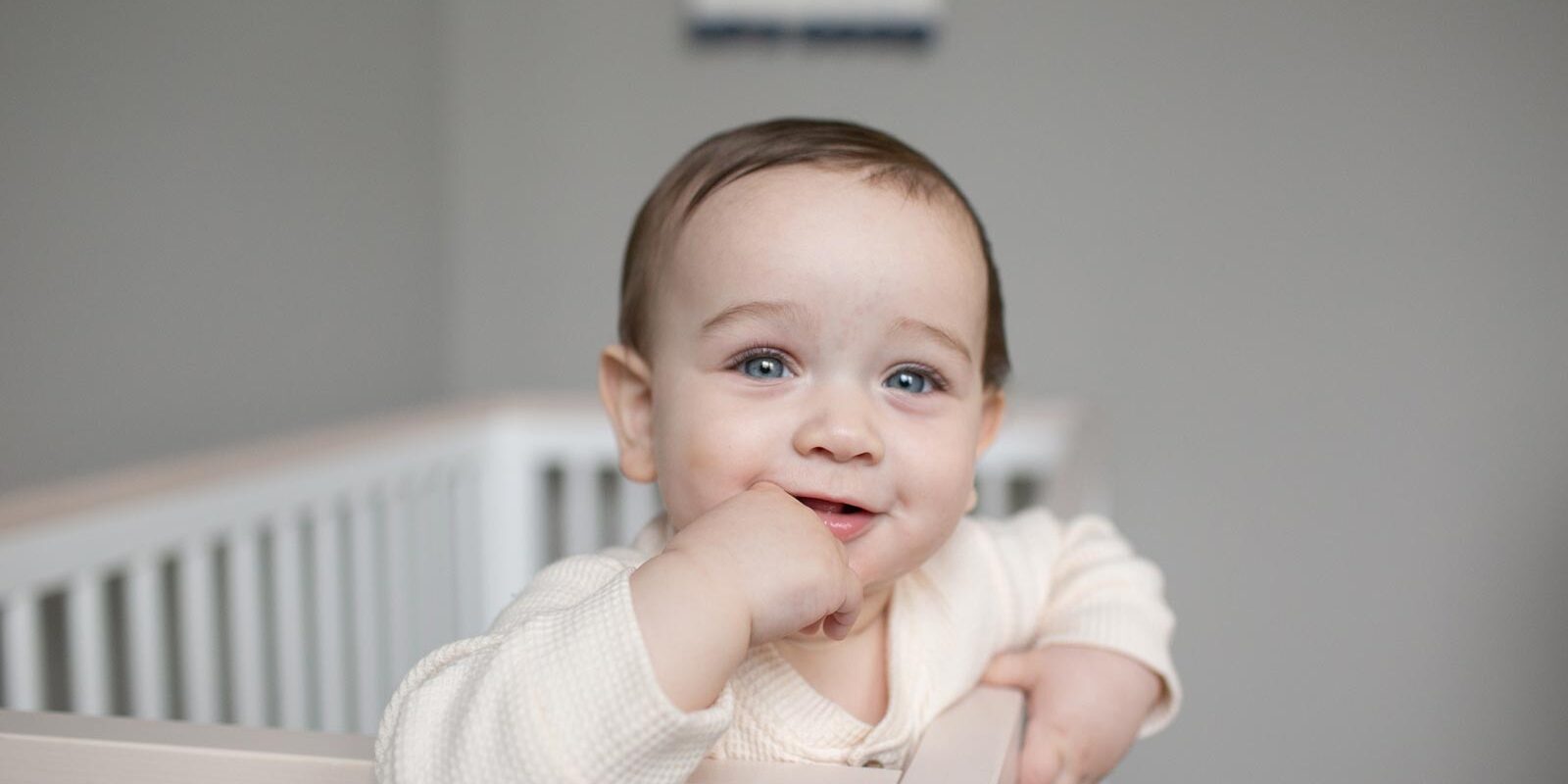Graduating to a big kid bed is an exciting milestone! Your little one is growing out of the baby stage and into full-blown toddlerhood, and while it’s thrilling that they’re checking off another developmental box, this transition can come with a few new challenges. When should you switch? How do you do it? And how do you make it easy (and safe) for your toddler? We’ve collected some valuable tips to help you navigate this phase and make the move as smooth as possible.
When is the Best Time to Switch to a Toddler Bed?
There’s no one-size-fits-all answer to that question. Research shows that most toddlers are sleeping in a bed by around 3 years old.1 But every child is unique, and the timing will depend on their readiness and what works best for your family.
Signs that your little one may be ready for a bed:
- Climbing out of the crib: If your child is able to climb out of the crib, that’s a pretty good sign that it’s time to move up. The American Academy of Pediatrics (APA) recommends transitioning out of a crib when a child is 35 inches tall or when the side rail is less than three-quarters of their height.2 If your toddler is smaller than that but is an agile little climber, you may want to think about transitioning before they reach those height recommendations.
- Growing out of the space: If your toddler has grown and they are no longer comfortable in the crib, this is a great time to make the move.
- Asking for a big kid bed: Maybe they want to be like their older sibling or a friend with a big kid bed, or maybe they’ve just decided the crib is too baby-ish. If your little one is showing interest in a bed, it’s time to start thinking about transitioning.
Safety First!
When suddenly presented with the freedom of a big kid bed, most toddlers are going to seize the opportunity and explore. So, before your child’s first night in the new bed, ensure they have a safe sleeping environment.
When choosing a bed or bed rails, look for the Juvenile Products Manufacturers Association (JPMA) Certification Seal, and make sure they are assembled correctly and securely. The JPMA also suggests safety tips such as removing potential hazards like lamps, loose cords or blind strings, and placing the headboard against the wall instead of the side of the bed so that your child can’t slip between the wall and the bed and get trapped.3
Tips for Transitioning from Crib to Bed
Keep Your Regular Bedtime Routine
Maintain a consistent bedtime routine throughout the transition to help your toddler adjust to the new sleeping arrangement. A predictable routine, including their regular activities like bath time with their favorite toys, brushing teeth, and reading a story signal to your child that it’s time for sleep. This consistency can provide reassurance and help them feel secure in their new bed.
Create a Familiar Environment
Make the new bed feel cozy and inviting by incorporating familiar elements from the crib. Use your child’s favorite blanket or stuffed animals to create a sense of security and comfort. Place their bedtime essentials such as a nightlight humidifier or favorite books nearby. Familiarity can help ease any anxiety or resistance your toddler may have during the transition.
Let Them Get Involved
Include your toddler in the process and make them feel like they’re a part of the decision. Talk to them about the transition, explaining that they are growing up and it’s time for a big kid bed. Take them along when shopping for the new bed or bedding and let them choose their favorite colors or patterns. This will go a long way to fostering a sense of ownership and excitement about their new sleeping arrangement.
Make it a Gradual Transition
If your child seems hesitant about leaving their crib, consider a gradual approach. Start by placing a toddler bed in their room alongside the crib, giving them the option to choose where they want to sleep. Encourage them to explore and play on the new bed during the day and introduce naps or short periods of supervised sleep in the toddler bed before making the complete transition. Over time, they’ll likely become comfortable with the new arrangement and start to enjoy their sleeping space.
Have a Plan for Nighttime Wandering
Don’t be surprised if your toddler tests the boundaries and doesn’t stay put the first night. Just calmly put them back into bed, tuck them in, and leave the room. Then repeat as often as necessary. With no reaction from you and no fanfare, they’ll (hopefully) get bored after a few times and finally go to sleep.
Be Patient and Supportive
Like any significant change, it may take some time for your toddler to adjust. They may experience resistance, anxiety, or even regress in their sleep patterns initially. Continue to offer them reassurance, comfort, and plenty of praise for their efforts and progress. With time and consistency, your child will become more comfortable and confident in their new bed.
